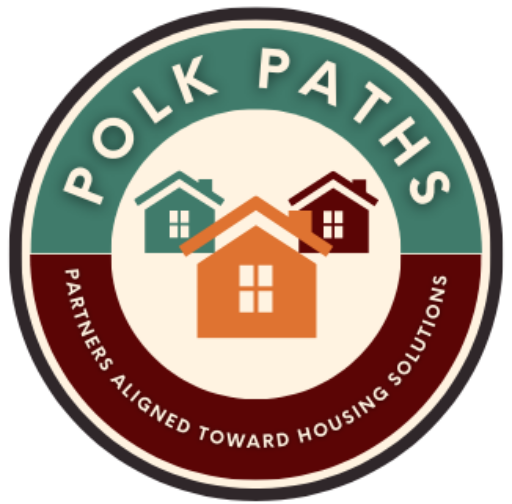Start With Prevention
Across Oregon and Washington, communities are facing rising rates of housing and homelessness. For many, staying in housing has become very difficult. Housing supply has lagged while the demand has grown. Investors have purchased more single family homes, while rent has sky-rocketed resulting in one illness, or car repair away from eviction. Homelessness can hit some communities in different ways.
The complex issue of homelessness has become more than it used to be. Increasing numbers of unhoused individuals are chronically houseless, meaning they, over a long period of time at least a year or multiple times in their life have experienced homelessness.
Preventing and ending homelessness in our area will require thoughtful work that includes partnerships.

Types of Homelessness
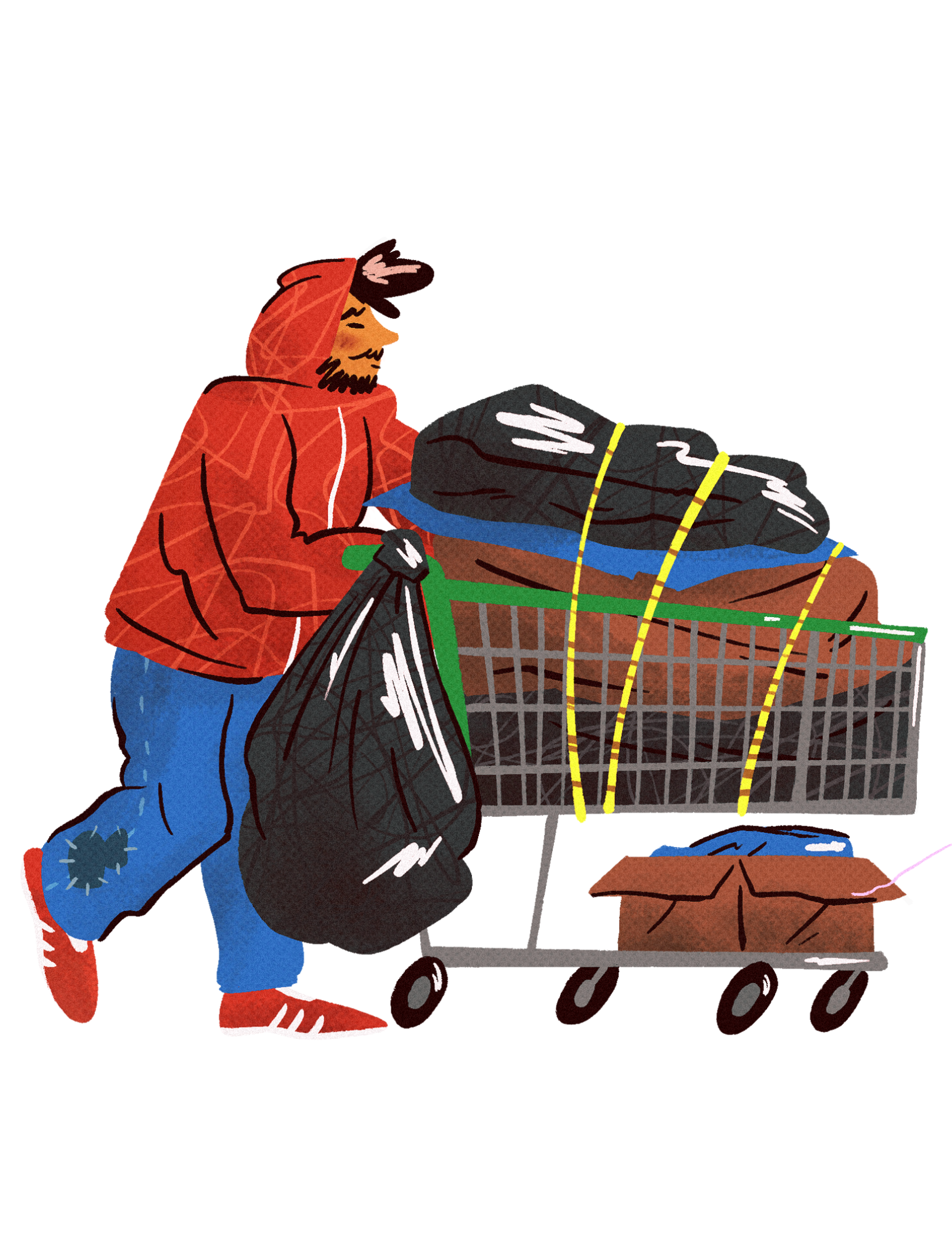
Most Visible
Chronic
Chronic Homelessness are people who are experiencing repeated spells of homelessness for longer than a year. This is the most “visible” form of homelessness, it only represents a small portion of all those experiencing homelessness.
It’s common for someone who experiences chronic homelessness to experience a mental health condition, addiction or other debilitating factor.
Mental Health
Addiction
Disability Factors

Most Invisible
Episodic
Episodic Homelessness are those who experience homelessness for less than a year. People experiencing episodic homelessness tend to be “invisible” in the community because they experience homelessness by sleeping in their car, or sleeping on a friend’s couch.
The younger community tends to be the larger portion of this type and could have a condition like substance abuse disorder, mental illness, or running away from an abusive family member. Without support this type of homelessness can eventually become chronic.
Sleep in Cars
Friends Couch
Younger Group

Most Common
Traditional
Traditional Homelessness, also known as Housing Insecure is the most common form of homelessness.
It is people who are struggling to afford housing or are at high risk because of an event that caused a financial emergency, such as a job loss, car accident, or medical emergency, divorce, domestic abuse, substance abuse disorder, or a personal family crisis.
This type of homelessness might even have a job but cannot afford adequate housing.
Job Loss
Medical Emergency
Personal or Family Crisis
Rural Homelessness
We often assume that homelessness is in urban areas only, cities where there are more numerous people, more geographical concentrated and they’re more visible. There’re people experiencing the same difficulties associated with homelessness and housing in small towns and rural areas as much as they do in urban areas.
There are far fewer shelters in rural areas then the urban ones; meaning people who are experiencing homelessness are less likely to live on the streets or in a shelter, and are more likely to live in their car, camper, or with relatives. Because of this the rural reality is different and may exclude many rural communities from accessing federal funds to help address homelessness and resources.
These regions are primarily agricultural; regions where economics are based on declining industries such as mining, timber, or fishing. This could also affect regions with economic growth, like centers that attract new business and higher income residents, driving up taxes and living expenses.
Studies have shown that fewer job opportunities, lower wages, and longer periods of unemployment effect the rural population more then living in an urban city. A lack of affordable housing affects both urban and rural homelessness. Housing costs may be lower in rural area’s, so are incomes, and high rent. You can also count on the lack of housing quality to contribute to rural homelessness. About 30% or 6.2 million households have at least one housing problem (Housing Assistance Council, 2022).


Homelessness is often precipitated by a structural or physical housing problem that jeopardizes the health or safety of a family and relocating to safer housing caused higher rent, resulting in homelessness while searching for housing that can be affordable and safe. Other factors that are associated with rural homelessness are the lack of transportation, employment opportunities, restrictive land-use regulations and housing codes, rising rent, and changes in the local real estate market.
Even though there are efforts to end homelessness in rural areas, the lack of awareness, isolation, and little resources makes it challenging. Some helpful initiatives might include broadening the definition of homelessness to include increasing outreach to isolated areas and increasing networking and awareness to a national level. There are many factors that would have to be required to end homelessness, especially in rural areas, this would include adequate income support, transportation, health care, affordable housing, and jobs that pay a living wage. These are all examples of what it would take to support those who are experiencing homelessness in rural areas.
Homelessness is a reality for a growing number of rural Americans.
Resources:
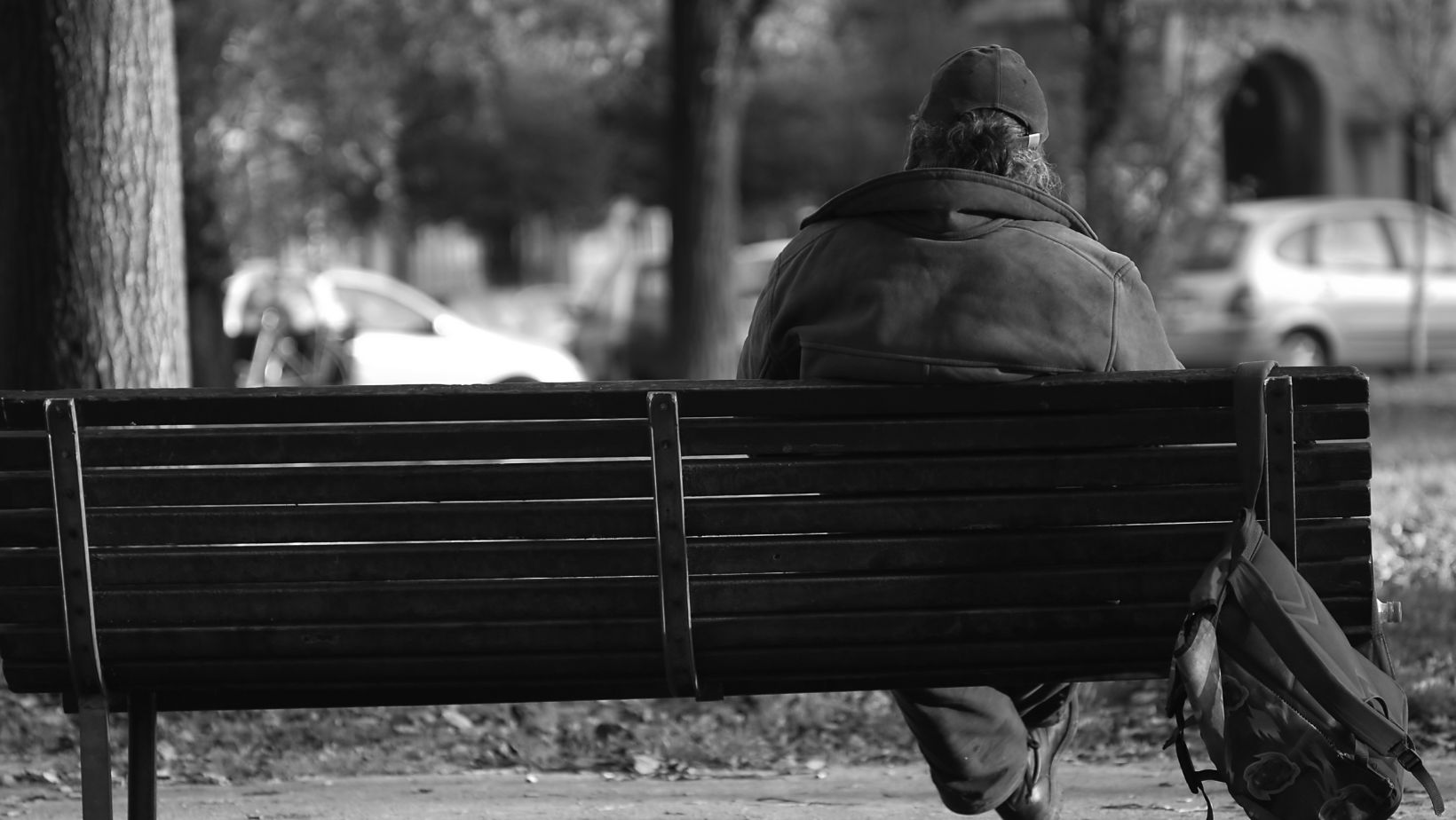
Prevention

Cause

Emerge

Shifting
Myths and Facts of Homelessness


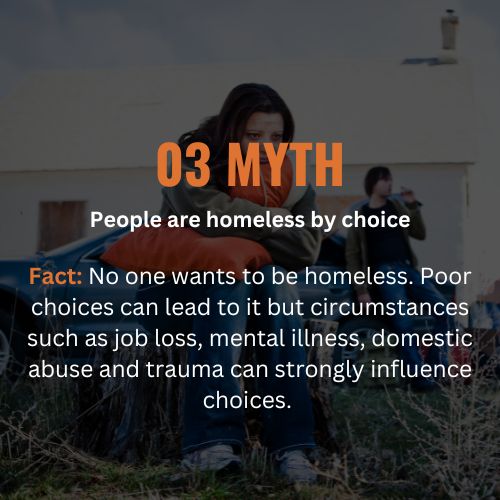

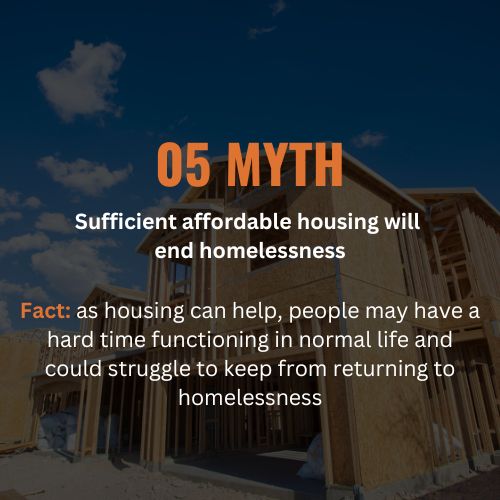

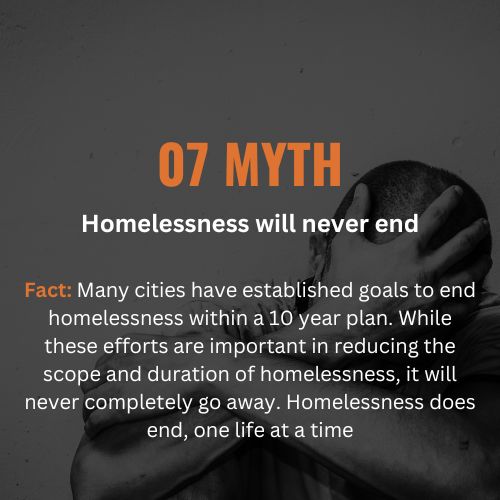

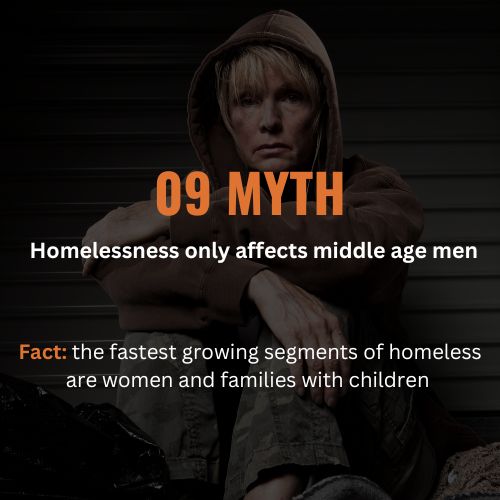
For more information on the Homeless Myth and Facts you can visit the links below:
